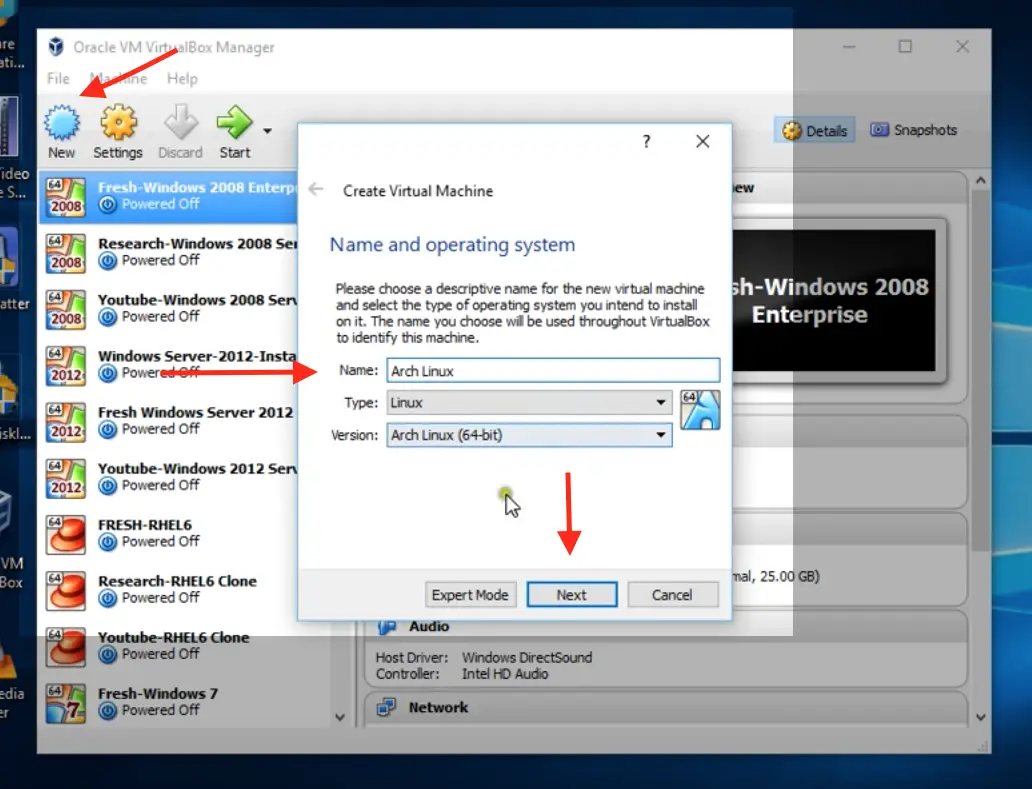Once installed, the chef-client requires a few more configuration steps before it. To the knife bootstrap command for Ubuntu- and Linux-based platforms, see.
Ansible by default manages machines over the SSH protocol. Once Ansible is installed, it will not add a database, and there will be no daemons to start or keep running. You only need to install it on one machine (which could easily be a laptop) and it can manage an entire fleet of remote machines from that central point. When Ansible manages remote machines, it does not leave software installed or running on them, so there’s no real question about how to upgrade Ansible when moving to a new version.
Because it runs so easily from source and does not require any installation of software on remote machines, many users will actually track the development version. Ansible’s release cycles are usually about four months long. Due to this short release cycle, minor bugs will generally be fixed in the next release versus maintaining backports on the stable branch. Major bugs will still have maintenance releases when needed, though these are infrequent.
If you are wishing to run the latest released version of Ansible and you are running Red Hat Enterprise Linux (TM), CentOS, Fedora, Debian, or Ubuntu, we recommend using the OS package manager. For other installation options, we recommend installing via “pip”, which is the Python package manager, though other options are also available. If you wish to track the development release to use and test the latest features, we will share information about running from source. Tune mujhe bulaya sherawaliye sonu nigam sukhvindra singh mp3.

It’s not necessary to install the program to run from source. Note • If you have SELinux enabled on remote nodes, you will also want to install libselinux-python on them before using any copy/file/template related functions in Ansible. You can use the or in Ansible to install this package on remote systems that do not have it.
Acer aspire sa90 usb media card reader driver. • By default, Ansible uses the python interpreter located at /usr/bin/python to run its modules. However, some Linux distributions may only have a Python 3 interpreter installed to /usr/bin/python3 by default. On those systems, you may see an error like.
'module_stdout': '/bin/sh: /usr/bin/python: No such file or directory r n' you can either set the inventory variable (see ) to point at your interpreter or you can install a Python 2 interpreter for modules to use. You will still need to set if the Python 2 interpreter is not installed to /usr/bin/python. • Ansible’s “raw” module (for executing commands in a quick and dirty way) and the script module don’t even need Python installed. So technically, you can use Ansible to install a compatible version of Python using the, which then allows you to use everything else. For example, if you need to bootstrap Python 2 onto a RHEL-based system, you can install it via. Ansible is easy to run from a checkout - root permissions are not required to use it and there is no software to actually install.